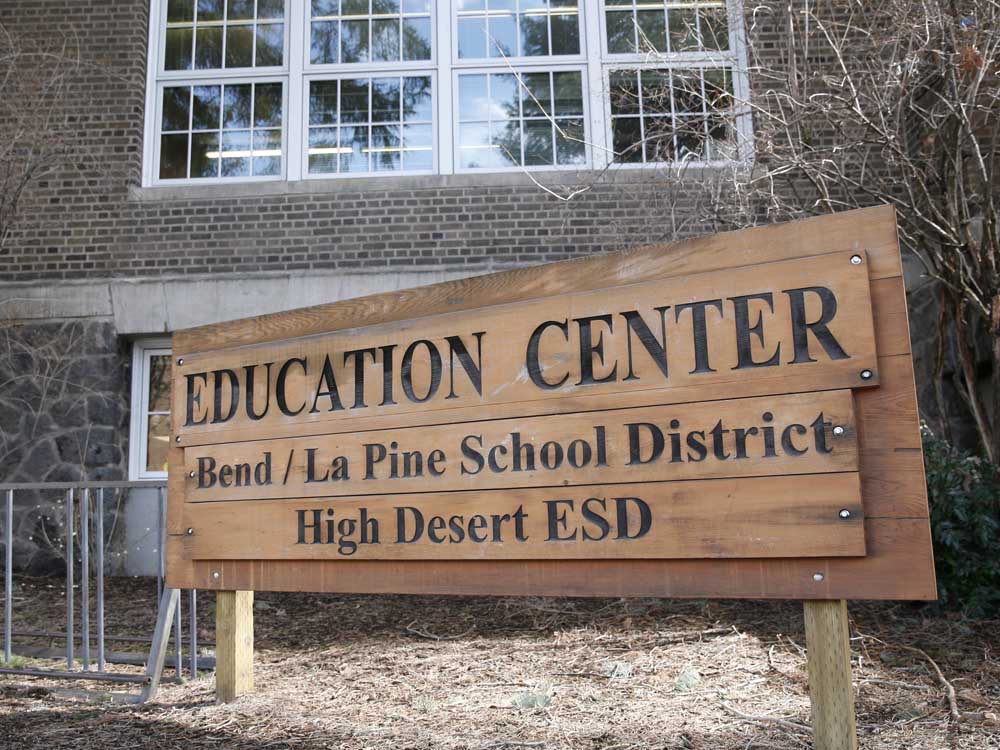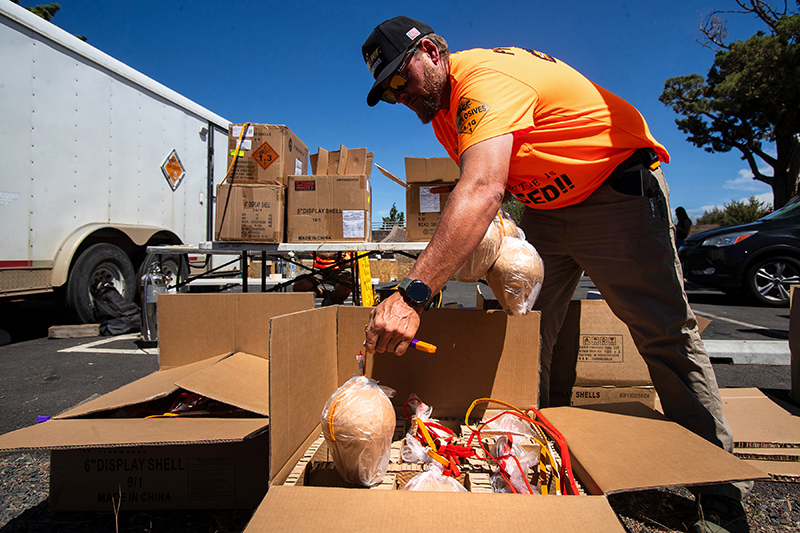Editorial: What mediation might look like for Bend-La Pine Schools and its educators union
Published 5:00 am Sunday, January 28, 2024

- Bend-La Pine Schools administration building in Bend.
We are going to get behind almost anything that leads to an agreement between the Bend La-Pine Schools and its educators union — and does not mean a strike.
Student absenteeism is already a problem in Bend schools. Let’s not manufacture more days out of school.
The next stop for the negotiations may be mediation. That would mean there would be something lost: public access to the negotiations. The negotiations would go from open to the public to behind closed doors.
Janet Gillman, the state conciliator for Oregon’s Employment Relations Board, took the time to explain to us how it would work. She is the head of the conciliation service, which is where public employers in Oregon and labor organizations can go if they are having trouble reaching agreement.
The negotiations can become shuttle diplomacy. She or another state mediator would move back and forth between separate rooms for the two parties exchanging proposals. Or they could all be in one room. It’s whatever the parties want to keep the negotiations going.
Mediation does happen in a space closed to the public. It is not necessarily, though, fully confidential. The parties can decide ground rules about what information they want to share with their organizations and the public. That may include proposals exchanged. It may not include proposals. And the ground rules are also not fixed. They can change over time.
“Generally talks in mediation, as we are trying to close deals, can be delicate,” Gillman said. “I think the parties have to exercise judgment about what gets disclosed.”
Gillman said social media has added challenges. Sometimes, disclosures are now made right in the middle of negotiations — tweeted or posted. “And then the other side sees that and we spend time peeling people off the ceiling,” she said.
The rules for the parties are somewhat flexible. The rules for the mediator are not. The mediator is not allowed to disclose what is happening in the meetings. When and where the meetings occur and who attended is public information. The substance of the proposals, no.
So there can be a sacrifice of public information if the Bend dispute goes to mediation. And it is also a signal that negotiations have failed to reach agreement. But the spirit of mediation is to create a place where two opposing sides can focus on reaching an agreeable voluntary deal. Gillman did caution that “once mediation happens the whole final trajectory of the dispute resolution process ticks off pretty quickly.”
There’s a flow chart on the Employment Relations Board website that lays it out. After mediation has gone on for a minimum of 15 days, and if no agreement is reached, there are some other required steps time periods, but it can mean a strike.








